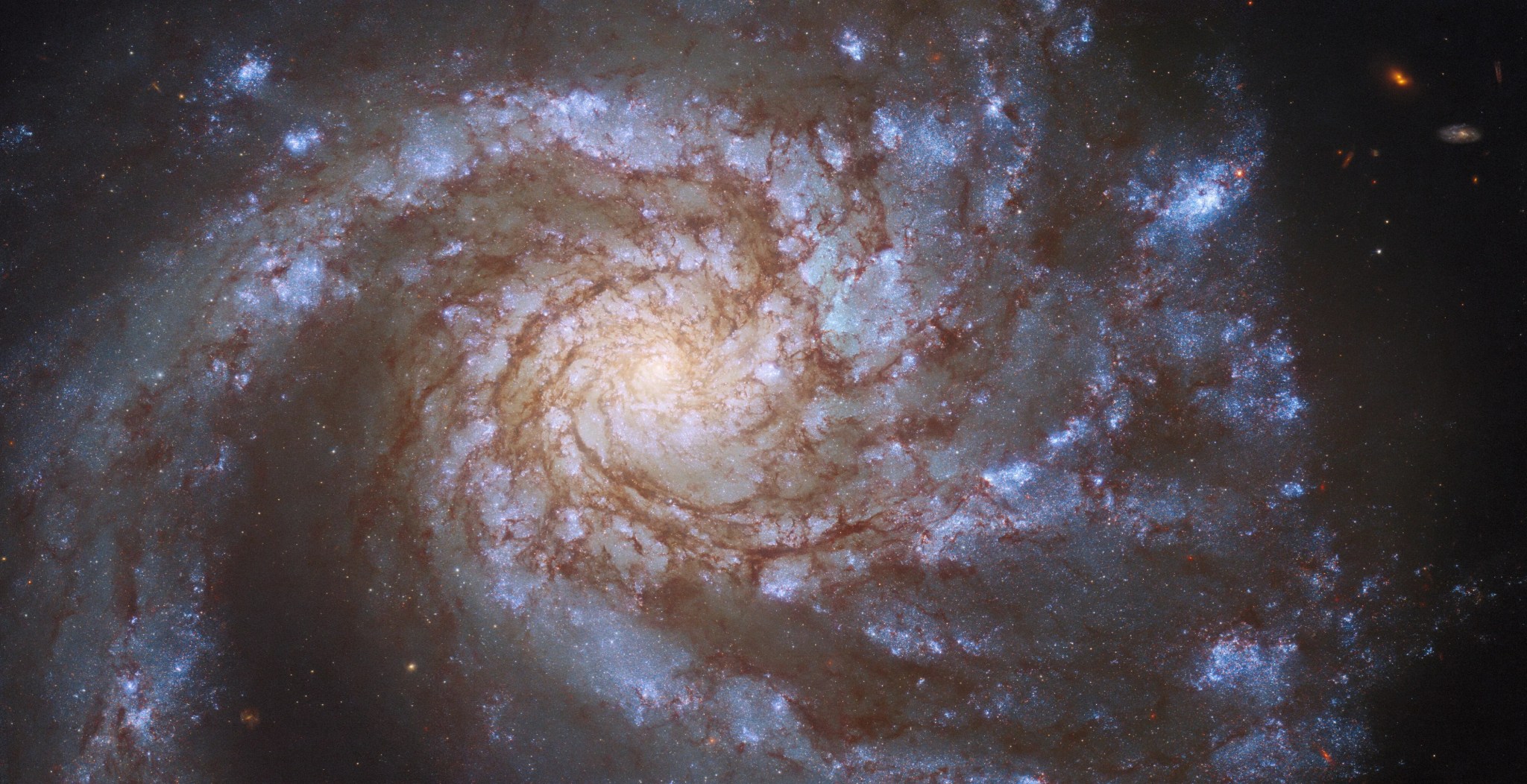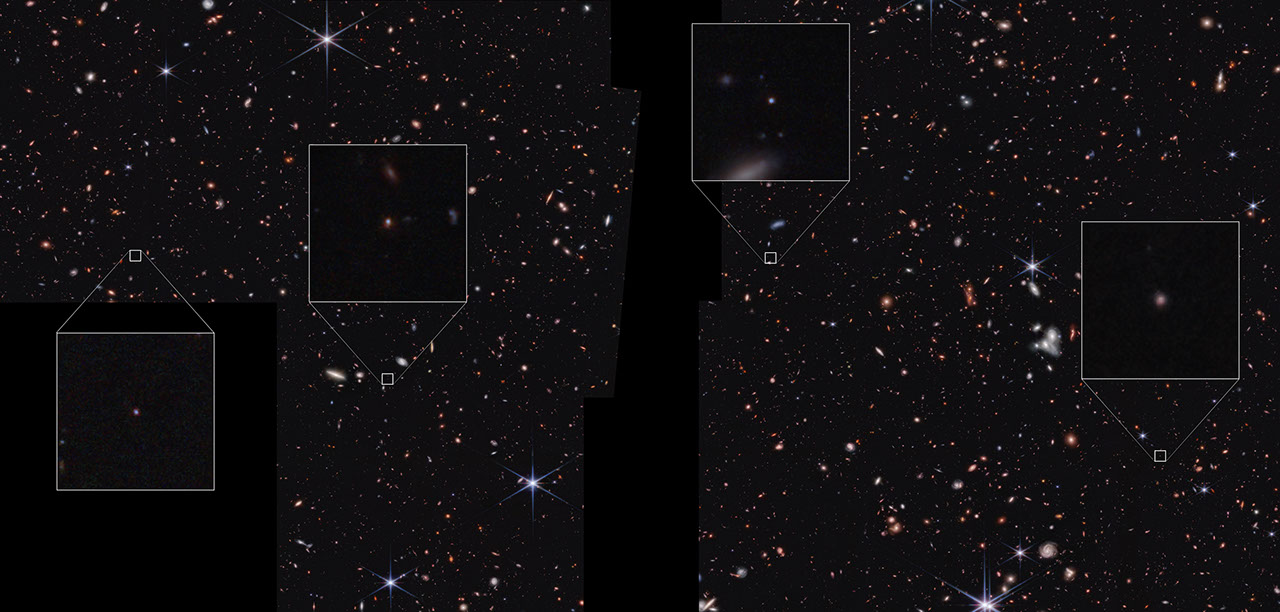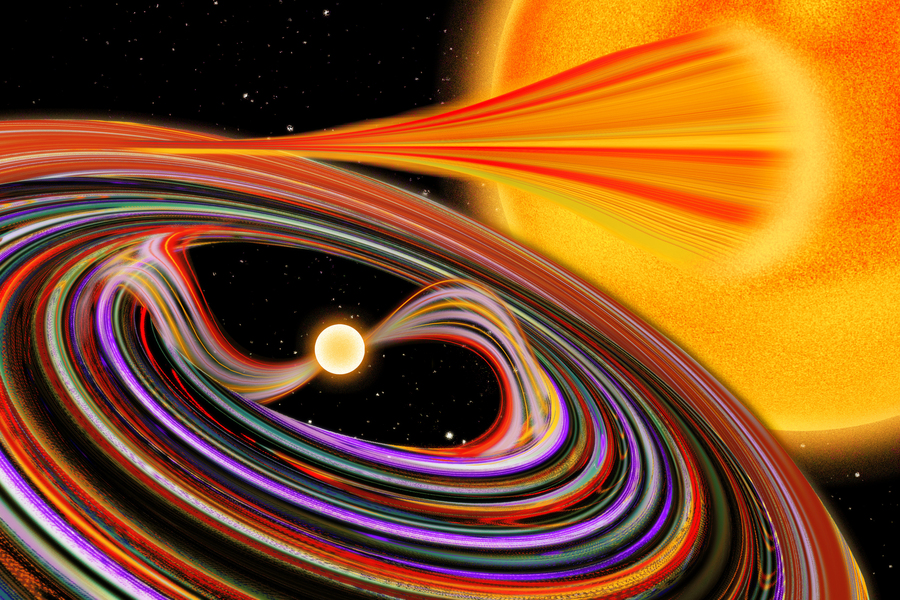The magnificent spiral galaxy M99 fills the frame in this image from the NASA/ESA Hubble Space Telescope. M99 – which lies roughly 42 million light-years from Earth in the constellation Coma Berenices – is a “grand design” spiral galaxy, so-called because of the well-defined, prominent spiral arms visible in this image. Hubble’s Wide Field Camera 3 captured M99 on two separate occasions, helping astronomers study two entirely different astronomical phenomena. The image above includes data from both sets of observations.
The first set of observations aimed to explore a gap between two different varieties of cosmic explosions: novae and supernovae. The interactions between white dwarfs and larger stars in binary systems cause novae. They are much dimmer than supernovae which mark the catastrophically violent deaths of massive stars. However, current astronomical theories predict that sudden, fleeting events could occur that shine with a brightness between that of novae and supernovae. Although shrouded in mystery and controversy, astronomers observed such an event in M99 and turned to Hubble for its keen vision to take a closer look and precisely locate the fading source.
The second set of observations were part of a large Hubble project aimed at charting the connections between young stars and the clouds of cold gas from which they form. Hubble inspected 38 nearby galaxies, identifying clusters of hot, young stars. The Atacama Large Millimeter/submillimeter Array (ALMA), a colossal radio telescope consisting of 66 individual dishes perched high on the Atacama Desert Plateau just west of the Chilean Andes, also observed these 38 galaxes. The combination of Hubble’s observations of young stars and ALMA’s view into clouds of cold gas will allow astronomers to delve into the details of star formation and paves the way for future science with the NASA/ESA/CSA James Webb Space Telescope.
Text credit: European Space Agency (ESA)
Media Contacts:
Claire Andreoli
NASA's Goddard Space Flight Center
301-286-1940





































